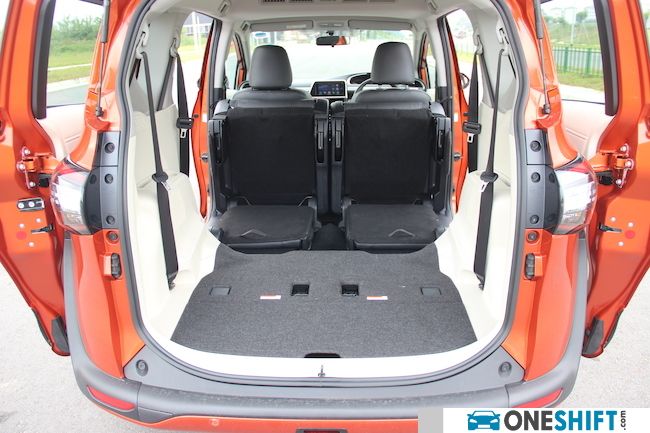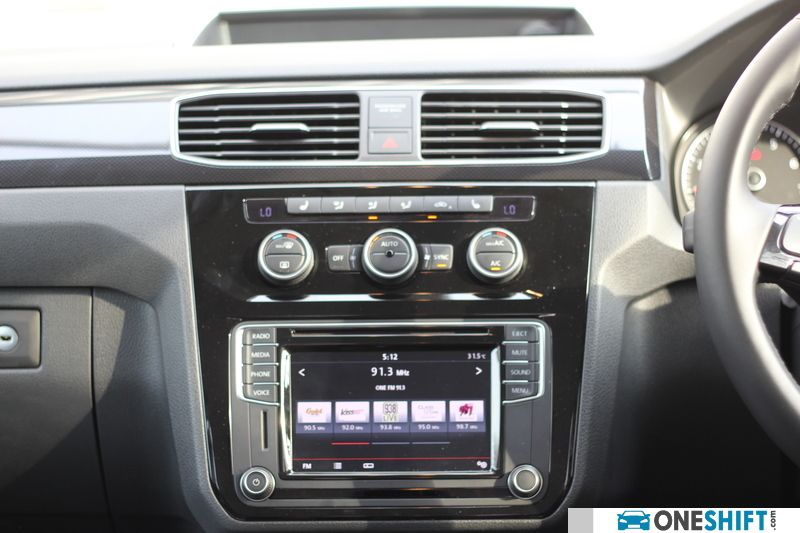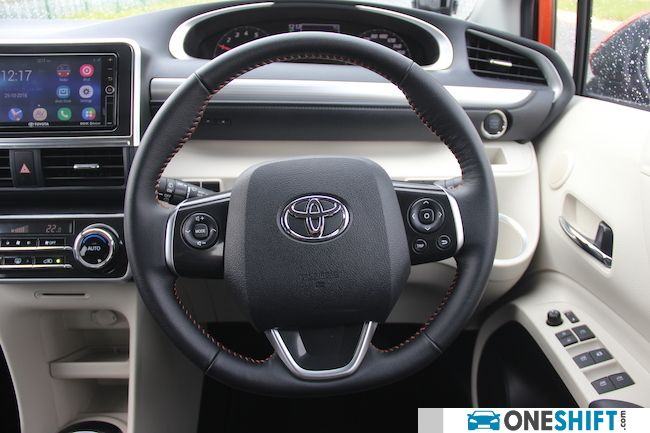I Want My I Want My MPV
Young families with grandparents in-tow are usually in need of a little more space, yet they too need to look for a people mover that would not break the bank, while having to ferry the kids, the parents and also a whole wonderful selection of strollers, groceries, a barf bag and on a more serious note, the occasional wheelchair.


Today, we have a look at two people carriers, which can do the same job, and yet, are as different as chalk and cheese.
While the Volkswagen Caddy 1.4TSI utilises a turbocharged petrol engine, the same one you would find in a 1.4TSI Golf, though with less power, mated to a quick-shifting 7-speed DSG, one can tell at first glance, that this vehicle has got van roots.

The quality of the fit and finish on the car is near excellent, and not far off form it’s car siblings.
The Toyota Sienta 1.5 Elegance on the other hand uses a 1.5 litre naturally aspirated engine, mated to a smooth shifting CVT.

Size-wise, the Volkswagen is longer at 4,408mm, 173mm longer than the Toyota. But once inside both vehicles, you’d realise that the Toyota is the more practical of the two, once you reach the back roe. While the Cadddy may be the wider of the two cars, the Sienta wheelbase of 2,750 is 68mm longer than the Caddy’s 2,682mm.
The wider Caddy might benefit occupants with added shoulder room, but since it was designed as a van in mind first, and a people mover second, you’d find that the middle row of seats fold upwards, but are held in place strangely by what could be easily mistaken as strut bars at the base of the seats. The rear row is non-collapsible, as there is no under-floor storage. Instead, the seats can be slid out from the rear if the need arises for more space (this can mean a 2-man operation, as it can be difficult to pull the seats out of their rails). In most cases, the backrests can be folded down to form a very high parcel shelf.

The Sienta on the other hand makes good use of its compact dimensions. The rear row is collapsible, and folds flat. Unfortunately, this would require you to fold up the middle row of seats, before folding the rear row in or out. Thankfully, this can be done with just one hand.

Harping more about the rear row, as they tend to be the least comfortable in most MPVs, the Sienta’s seats are quite adequate, but you will find that most adults will have their knees pressing against the back of the middle row. The Caddy on the other hand has a higher rear bench, meaning that rear-most passengers will receive the greater amplification of any kind of bouncing and lean that the car takes. For Caddy drivers, they will need to take a while getting used to seeing a pair of necks when checking the rear. And to add another cherry to the cake, the Sienta we tested came with dual automatic sliding doors.
Overall interior quality off both cars is pretty good. The Volkswagen does come with some goodies like a factory fitted infotainment system, dual zone air conditioning, cruise control, plenty of cubby holes, air conditioning for the middle row passengers, and very comfortable leather seats.

Not to be outdone, the Sienta also sports almost the same equipment. The in-car entertainment unit though is locally fitted, and was intended to be mounted lower down. When ejecting your CD from the player, the screen awkwardly flips upward, and the virtual button moves out of view, so it is either some needed guess work or craning your neck in order for you to find the button to fold the screen back down.

The advantage of the VW turbocharged engine together with the 7-speed DSG is evident, with the car propelling itself comfortably, even under quite a bit of load. The 7-speed transmission switches gears quickly preventing power loss in-betweens shifts.

The Sienta on the other hand makes do with a more ordinary 1.5, mated to a CVT. The CVT offers virtual cog shifts, which are smooth, the advantage being that there is no power loss. Unfortunately, under load, you can tell that the 1.5 litre unit is a little strained, especially going up steeper slopes, with the CVT transmission whining at a higher speed to meet the added power demands.
Up in-front, both cars are a joy to drive, with comfortable seats, and responsive steering, the VW being the better of the two cars in terms of steering response. On the flip side, the overall taller Caddy, with the originally-for-a-van suspension does display quite a bit of roll as compared to the Sienta’s more car-like characteristics. Tighter corners would have to be taken a little slower.

Which car would be the better of the two for every-day use? I would have to say that the little Toyota would be the overall winner, as you will never for once ever need to worry about where the rear seats go. More importantly, the car also is more affordable with frills where they really count.
Credits:


Get the Best Price for your used car
from 500+ dealers in 24 hours

- Convenient and Hassle-Free
- Consumer Protection
Transparent Process
With No Obligation








